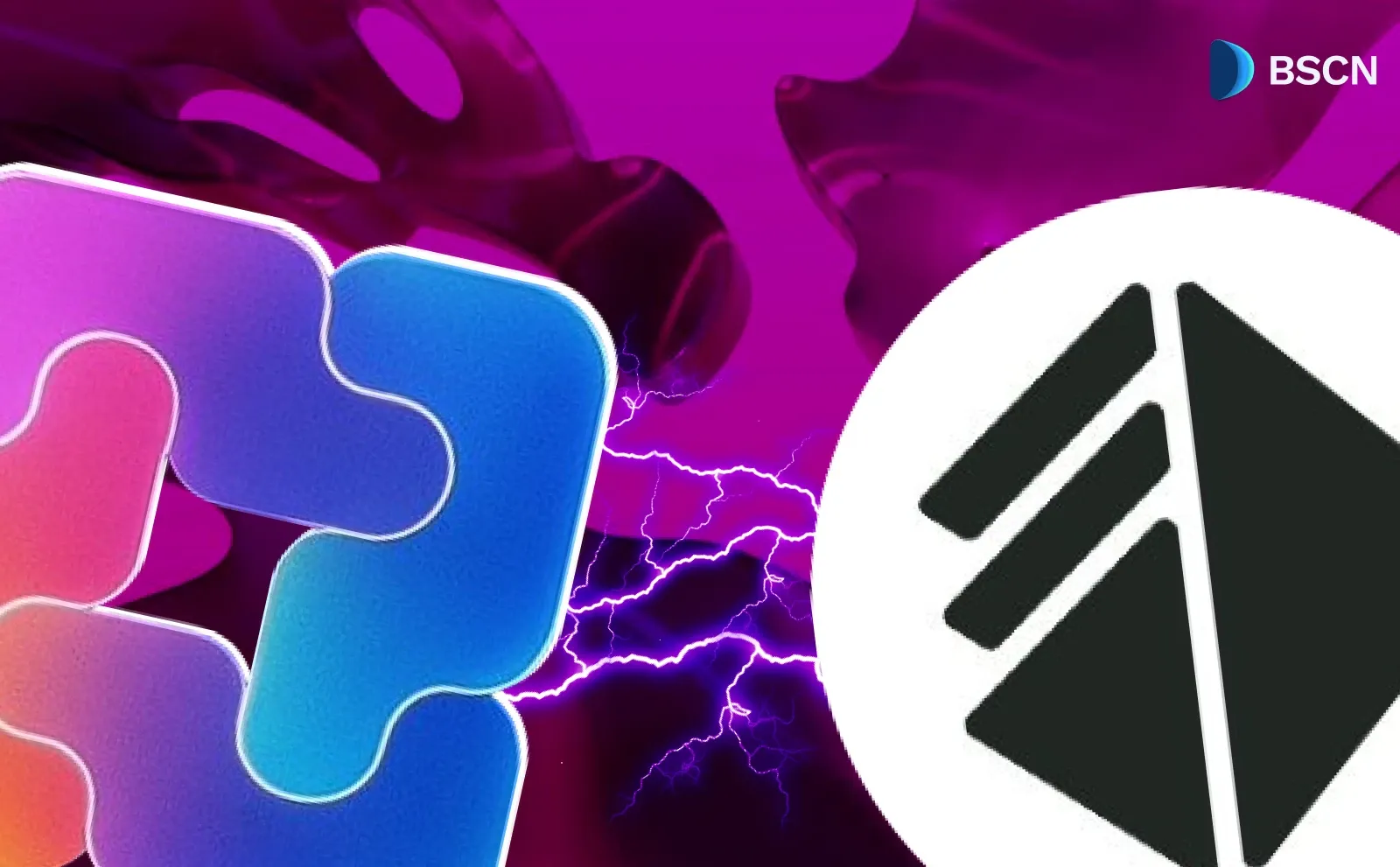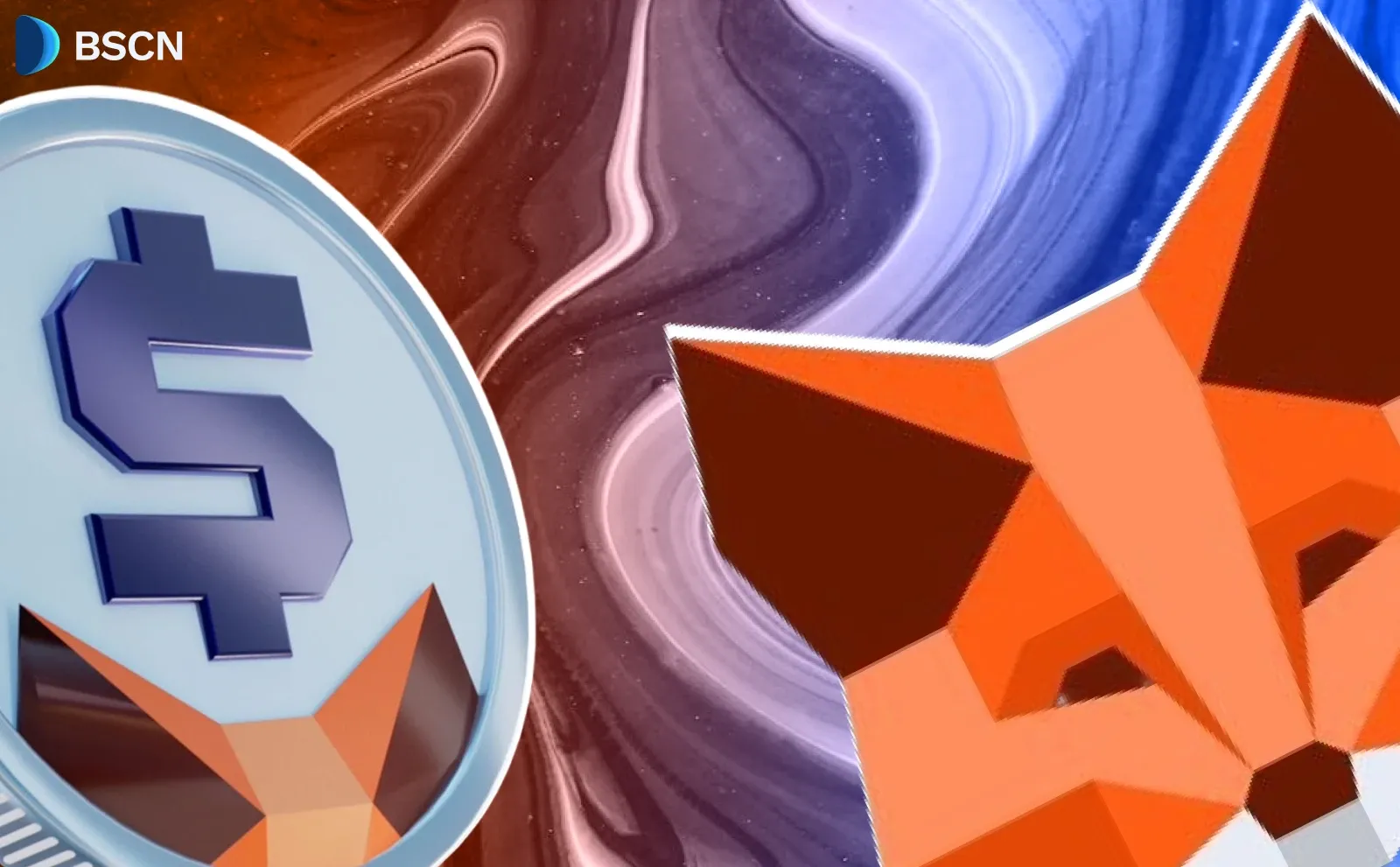News
Kaspa TPS Hits All-Time High on Mainnet

Kaspa hits 3,585 TPS on mainnet, setting a new record. Daily transactions topped 1.92M, boosted by Crescendo hardfork and blockDAG design.
Soumen Datta
September 18, 2025
Kaspa has set a new benchmark for proof-of-work (PoW) networks. On September 17, 2025, its mainnet processed a peak of 3,585 transactions per second (TPS). That figure makes Kaspa the fastest-known PoW blockchain for live transaction throughput.
<blockquote class="twitter-tweet"><p lang="zxx" dir="ltr"><a href="https://t.co/oAtw2n1yQL">https://t.co/oAtw2n1yQL</a> <a href="https://t.co/YQi7I9ugY8">pic.twitter.com/YQi7I9ugY8</a></p>— Kaspa (@kaspaunchained) <a href="https://twitter.com/kaspaunchained/status/1968466764393578527?ref_src=twsrc%5Etfw">September 18, 2025</a></blockquote> <script async src="https://platform.twitter.com/widgets.js" charset="utf-8"></script>
The milestone coincided with a record 1.92 million transactions on a single day, surpassing Kaspa’s previous high and outpacing the daily totals of Bitcoin and Ethereum mainnets. A Kaspa community member summed up the mood: “No other PoW crypto is doing this!”
Transaction Volume Surge on Kaspa Network
The spike in TPS came with a surge in daily activity. On September 14:
- Transactions processed: 1,918,960
- Day-over-day increase: about 134% from 821,000 on September 13
- Active addresses: more than 500,000
Kaspa’s total outpaced Dogecoin (~75,000 daily transactions) and Ethereum Classic (~24,000), though Bitcoin (579,000) and Ethereum (1.63M) still posted strong figures. Ethereum’s layer-2 networks added millions more, with Base recording heightened use during the same week.
The increase links back to Kaspa’s Crescendo hardfork, which raised throughput earlier in 2025. Network monitors show that the upgrade supported both higher transaction volumes and wider adoption, including tests with KRC-20 tokens—Kaspa’s inscription-style assets.
Transaction costs remained below $0.001, far cheaper than Ethereum’s average fee of $0.47 at the time. That makes Kaspa efficient for routine payments and high-volume transfers.
Surpassing Bitcoin Through BlockDAG and Crescendo
Kaspa’s strength lies in its blockDAG architecture, a directed acyclic graph that supports parallel block creation. This system contrasts with the linear chains of Bitcoin and Ethereum, where only one block can be added at a time.
Key details from September 14:
- Blocks processed: ~1.4 million parallel blocks
- Bitcoin comparison: 914,695 cumulative blocks since launch
- Block rate: 10 per second (up from one per second after Crescendo)
Finality on Kaspa occurs within seconds, not minutes. This is achieved by ordering blocks through a topological sort, ensuring that conflicting transactions are resolved quickly.
Proof-of-Work Consensus and Emission Details
Kaspa has retained proof-of-work security while scaling speed. Its consensus uses the kHeavyHash algorithm, designed to resist memory-bound attacks.
By mid-September 2025:
- Total supply mined: 26.69 billion KAS
- Max supply: 28.7 billion KAS
- Percentage mined: 93%
- Next halving: October 4, 2025 (reward drops from 4.37 KAS to 4.12 KAS)
Emission follows a stock-to-flow (S2F) model, where Kaspa’s S2F ratio will soon surpass that of silver. While S2F indicates scarcity, it does not predict price. Analysts instead point to inactive supply metrics, which show KAS being held long-term as a store of value.
Inactive supply in Kaspa has grown consistently, with high statistical reliability. Researchers argue this trend suggests both decentralization and resistance to manipulation, positioning Kaspa as a reliable PoW asset.
vProgs Yellow Paper: Off-Chain Computation with ZK Proofs
On September 11, 2025, Kaspa released the first draft of its vProgs Yellow Paper. This framework introduces verifiable programs (vProgs), which allow off-chain computations secured by zero-knowledge (ZK) proofs and anchored to Kaspa’s Layer 1.
Core Features of vProgs
- Proof Stitching: Combines proofs across apps into one Layer 1 submission.
- Conditional Batches: Groups related transactions to lower proving costs.
- Computation DAG: Tracks dependencies between apps, avoiding overload.
- Resource Metering: Applies a Layer 2 gas model and ScopeGas for cross-app activity.
- Privacy: Supports encrypted states and confidential apps using ZK proofs.
The system aims to let developers build decentralized applications while preserving Kaspa’s fast block production rates.
Background on Kaspa’s BlockDAG
Kaspa’s architecture is built on GHOSTDAG, developed by Yonatan Sompolinsky. It extends Bitcoin’s Nakamoto consensus to allow high block rates without compromising security.
Kaspa launched in 2021 without venture capital funding. Instead, it followed a fair launch model, relying on community development. Its tokenomics are straightforward: miners secure the network and earn KAS through rewards and transaction fees.
Kaspa today serves primarily as a base-layer settlement network. Its key uses include:
- Payments and transfers with low fees
- Data settlement with KRC-20 inscriptions
- Plans for decentralized applications via vProgs
The network’s growth is reflected in both transaction counts and inactive supply, pointing to rising adoption and confidence in its design.
Conclusion
Kaspa’s record of 3,585 TPS on mainnet marks a turning point for proof-of-work scalability. With nearly two million daily transactions, sub-cent fees, and a blockDAG architecture supporting parallel throughput, Kaspa demonstrates that PoW networks can compete on both speed and efficiency.
The introduction of vProgs extends its roadmap, allowing for off-chain computation while keeping validation secure on Layer 1. Combined with reliable inactive supply growth and emission nearing its cap, Kaspa continues to establish itself as a fast, scalable, and technically resilient proof-of-work blockchain.
Resources:
Kaspa X platform: https://x.com/kaspaunchained
Kaspa TPS data: https://www.kaspalytics.com/app/transactions/accepted/tps/max
Kaspa Technology overview: https://kaspa.org/technology/
Kaspa Explorer: https://explorer.kaspa.org/
vProgs Yellow Paper Draft v0.0.1: https://github.com/kaspanet/research/blob/main/vProgs/vProgs_yellow_paper.pdf
Frequently Asked Questions
What is Kaspa’s current TPS record?
Kaspa reached 3,585 transactions per second on September 14, 2025, setting a new record for proof-of-work blockchains.
How does Kaspa achieve faster throughput than Bitcoin?
Kaspa uses a blockDAG structure that allows multiple blocks to be added in parallel, unlike Bitcoin’s single-chain design.
What was the Crescendo hardfork?
The Crescendo hardfork, launched in May 2025, increased Kaspa’s block rate from one per second to 10 per second, boosting transaction capacity and reducing finality times.
Disclaimer
Disclaimer: The views expressed in this article do not necessarily represent the views of BSCN. The information provided in this article is for educational and entertainment purposes only and should not be construed as investment advice, or advice of any kind. BSCN assumes no responsibility for any investment decisions made based on the information provided in this article. If you believe that the article should be amended, please reach out to the BSCN team by emailing [email protected].
Author
 Soumen Datta
Soumen DattaSoumen has been a crypto researcher since 2020 and holds a master’s in Physics. His writing and research has been published by publications such as CryptoSlate and DailyCoin, as well as BSCN. His areas of focus include Bitcoin, DeFi, and high-potential altcoins like Ethereum, Solana, XRP, and Chainlink. He combines analytical depth with journalistic clarity to deliver insights for both newcomers and seasoned crypto readers.
Latest News
Crypto Project & Token Reviews
Project & Token Reviews
Comprehensive reviews of crypto's most interesting projects and assets
Learn about the hottest projects & tokens











